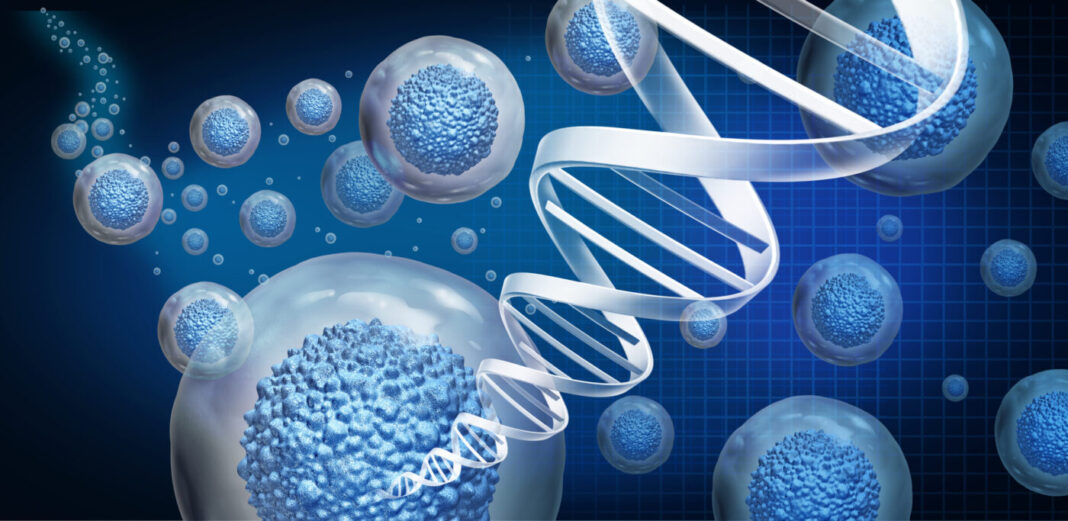A new mouse study led by researchers at Massachusetts General Hospital (MGH) and Boston University School of Medicine demonstrates the unique signature of genes expressed by hematopoietic stem cells (HSCs) capable of undergoing both self-renewal and differentiation into all mature blood cell types to improve diseases.
The findings are published in Nature Communications in a paper titled, “Multi-modal profiling of human fetal liver hematopoietic stem cells reveals the molecular signature of engraftment.”
“The human hematopoietic stem cell harbors remarkable regenerative potential that can be harnessed therapeutically,” the researchers wrote. “During early development, hematopoietic stem cells in the fetal liver undergo active expansion while simultaneously retaining robust engraftment capacity, yet the underlying molecular program responsible for their efficient engraftment remains unclear. Here, we profile 26,407 fetal liver cells at both the transcriptional and protein level including ~7,000 highly enriched and functional fetal liver hematopoietic stem cells to establish a detailed molecular signature of engraftment potential.”
“This in-depth analysis revealed that these stem cells express a protein on their surface called CD201 that correlates very closely with this engraftment potential and can be used to isolate functional stem cells away from other cell types,” explained co-senior author Alejandro B. Balazs, PhD, a principal investigator at the Ragon Institute of MGH, MIT, and Harvard. “This will help us improve the process of bone marrow and stem cell transplantation by allowing us to purify these cells.”
“Altogether, this work has resulted in a detailed blueprint of the most potent blood stem cells and will lead to a better understanding of why these cells have such an extraordinary regenerative capacity. Such insights will allow us to create safer and more efficient therapies for patients suffering from blood disorders,” said lead author Kim Vanuytsel, PhD, a research assistant professor of medicine at Boston University School of Medicine.
The findings will pave the way to enable new biological insights into engraftment potential and stimulate a broad range of future studies.



